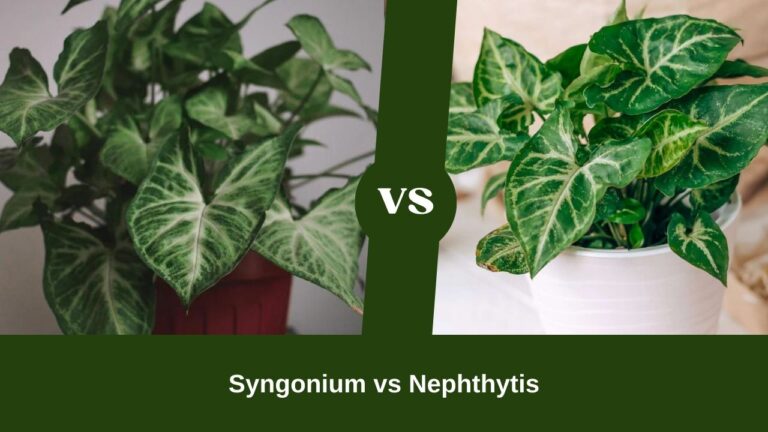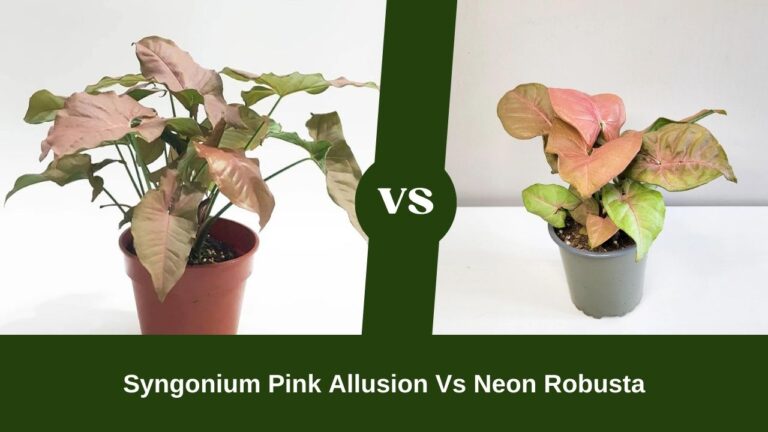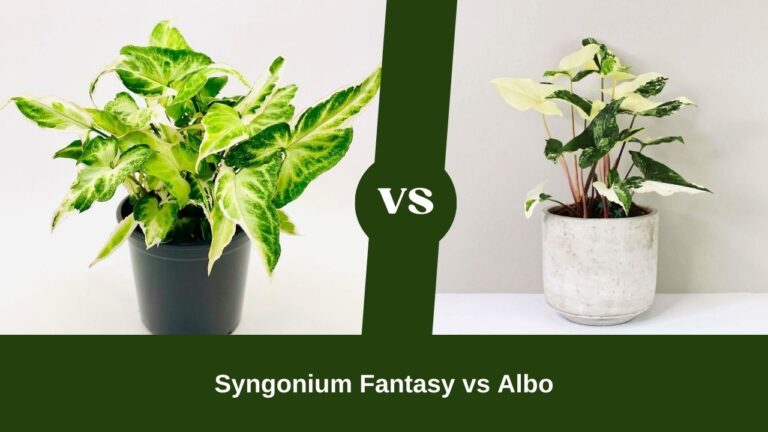A Beginner’s Guide For Syngonium Red Arrow Care

The Syngonium red arrow, also known as the red arrowhead philodendron, is a popular houseplant admired for its stunning foliage. This easy-to-grow vine makes a graceful statement in any home with its arrow-shaped leaves that start out pinkish-red and mature to a deep burgundy red.
Mainly. lighting, fertilizing, soiling, and temperature are the important aspects to consider. Syngonium plants like indirect lights, moderate temperatures, and water on a weekly basis should help. The humidity should be around 50%. but not more than this portion, please!
If you’re new to keeping houseplants, the Syngonium red arrow is a great option. Here’s a beginner’s guide to caring for this gorgeous plant.
Table of Contents
Syngonium Red Arrow Care: What Are the Basic Care Traits?
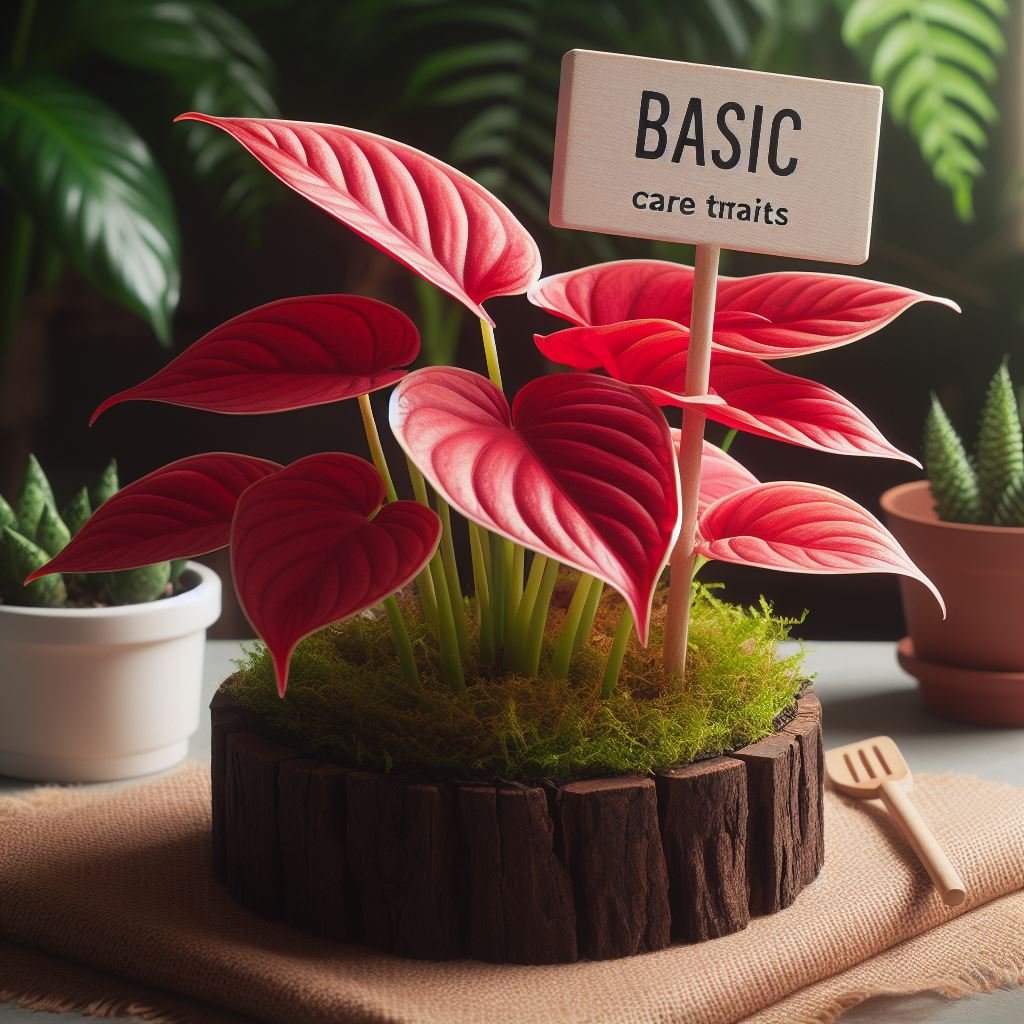
There are a couple of things we should keep in mind. Let’s start the main discussion.
1. Light Requirements
The Syngonium red arrow thrives in bright, indirect light indoors. Place it near an east, west, or north-facing window where it will get plenty of gentle sunlight without harsh afternoon rays. Direct southern exposure can scorch the leaves.
These plants can adapt to lower-light areas but may lose some of their vibrant color without enough sun. Rotate the plant periodically so all sides get adequate light exposure. Adding a grow light can also boost light levels if natural sunlight is limited in your space.
2. Watering
Allow the top inch or two of soil to dry out between waterings. The red arrow syngonium is evenly moist but not soggy soil. Water thoroughly until it drains from the bottom drainage holes whenever the top of the potting mix feels dry.
The watering needs may vary depending on factors like temperature, light levels, humidity, soil composition, and size of the plant. In general, aim to water about once a week, adjusting as needed based on the soil dryness. Take care not to overwater, as it’s prone to root rot if left in standing water.
3. Humidity
Average room humidity is fine for these plants. Ideally, maintain humidity around 40-50%. You can set the pot on a pebble tray with water or use a humidifier to add moisture to drier indoor air if needed.
Misting the leaves occasionally can help boost humidity around the plant. But take care not to get water on the foliage in strong sunlight, as this can scorch the leaves.
4. Temperature
Daytime temperatures of 65-80°F (18-27°C) and 60-70°F (15-21°C) at night suit it well. Avoid drafty spots and take care not to expose it to sudden temperature drops.
5. Soil
Use a well-draining potting mix, such as one made for tropical plants. A blend of peat moss, perlite, and compost offers an ideal balance of water retention and drainage.
6. Potting and Repotting
Choose a pot with drainage holes and a saucer to catch excess water. Go up just 1-2” bigger when repotting to avoid overpotting. Repot in the spring every 2-3 years or whenever severely rootbound.
7. Fertilizer
Feed monthly in the growing season with a balanced liquid fertilizer diluted to half strength. Ease off in the winter months.
How Do I Prune and Train a Syngonium Red Arrow?
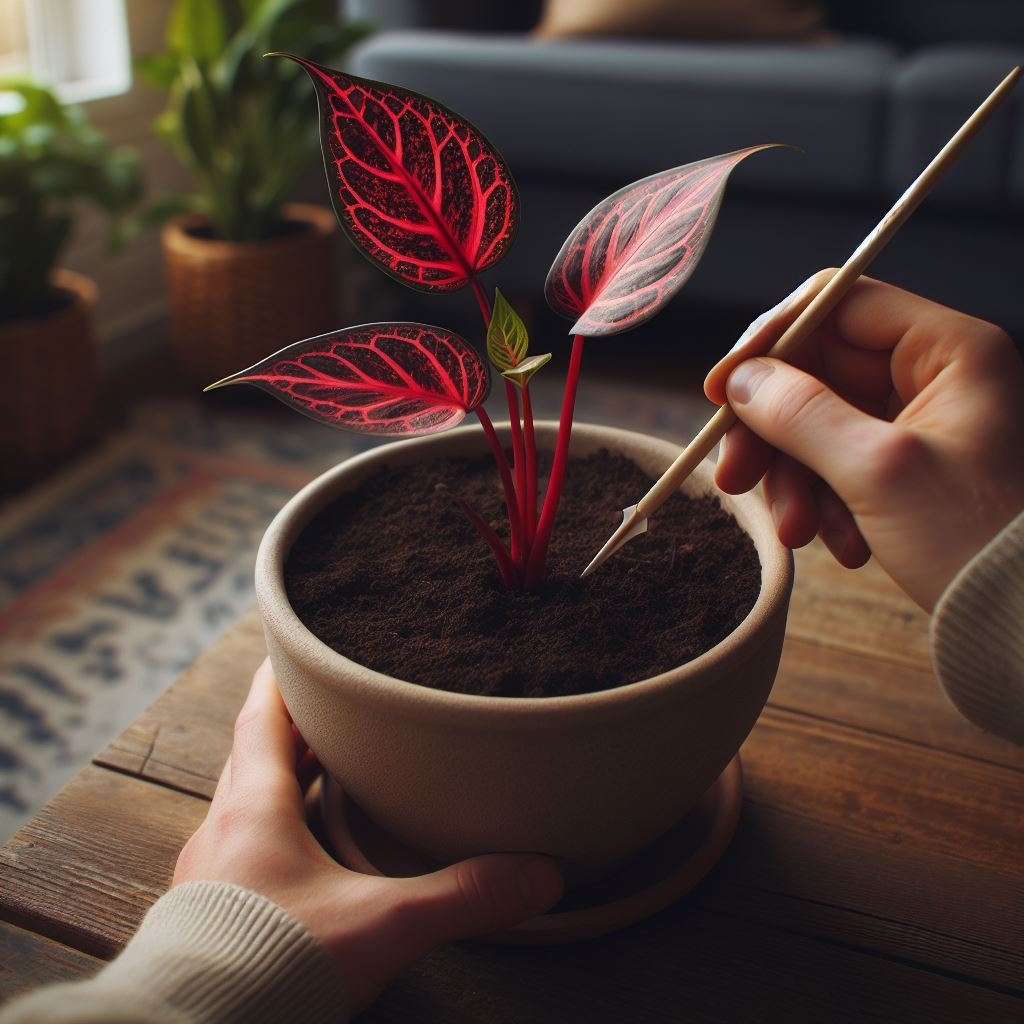
- Prune off any dead, damaged, or diseased foliage at the base of the stem.
- Trim off spent flower spikes after blooming.
- Pinch back leggy stems to encourage full, bushy growth.
- Remove yellowing leaves to keep your plant looking its best. Don’t cut into green parts.
- Prune judiciously to avoid stunting its growth. Never remove more than 1/3 of foliage at once.
- Pinch back the main vine once it reaches your desired length to promote branching.
- Use plant ties or clips to gently train vines onto supports like trellises and moss poles. Avoid excess bending.
- Rotate the pot periodically for even vine growth all around.
Related articles:
- Discovering 17 Syngonium Varieties
- How to Repot Your Syngonium Plant
- Is Syngonium Poisonous to Pets & Humans
How Do I Propagate Syngonium Red Arrow?
These versatile plants root readily from cuttings in water or soil. However, here’s the propagation tips for you.
- Taking 3-6” tip cuttings with at least two nodes. Remove lower leaves.
- Placing cut ends in water until roots emerge, then planting in soil. Replace water weekly.
- Inserting stem cuttings directly into the well-draining potting mix. Enclose in a plastic bag for humidity.
- Dividing rooted shoots from the mother plant during repotting. Allow divisions to establish roots before separating.
- Allowing vines to trail onto the ground where they may form roots at nodes, forming new baby plants. Snip and pot up.
Recommended reading:
7 Additional Tips to Keep Your Syngonium Red Arrow Thriving
With the proper care, the Syngonium red arrow makes an outstanding low-maintenance houseplant. Here are some additional tips for keeping it healthy and gorgeous:
- Wipe leaves periodically with a damp cloth to remove dust buildup.
- Mist foliage to increase humidity in dry indoor environments.
- Rotate the pot to encourage even growth towards light sources.
- Stake and gently tie vines to supports as needed to display the cascading foliage.
- Monitor for pests like aphids, mealybugs, spider mites, and scale. Treat promptly to avoid infestations.
- Watch for signs of disease like bacterial leaf spots, root rot, and botrytis. Improve cultural practices to avoid problems.
- Flush the soil occasionally by watering thoroughly to prevent salt buildup from fertilizers.
Special tips: Give your plant a bit more water than you would give to a pothos. Try not to let the soil dry out completely. But don’t worry if it occasionally happens because this plant is forgiving. Generally, water it heavily about once a week to every 10 days.
See the video to get more tips to care for Syngonium red arrow.
Conclusion
The Syngonium red arrow’s stunning burgundy foliage brings unique tropical flair indoors. With ample sunlight, moderate watering, and average room humidity, this easy-going vine thrives with minimal care. Just be sure to provide a trellis for support as it extends gracefully.
Mist leaves occasionally, keep the soil moist but not soaked, and feed monthly during the growing season. In no time, you’ll have a showstopper specimen trailing beautifully. Though simple to grow, the Syngonium red arrow makes a bold statement in any indoor space with its vibrant arrow-shaped leaves. This low-maintenance beauty is a perfect choice for beginners.

